La graffiante ironia nelle contraddizioni
di Federica Cerami
L’incontro tra lo Studio Trisorio di Napoli e Martin Parr, negli anni 2000, ha dato luogo a una intensa e continua attività di collaborazione che si è declinata in un susseguirsi di importanti mostre, realizzate fra il 2003 e il 2014.
Nel 2014 lo Studio Trisorio commissiona a Martin Parr un progetto fotografico site-specific, da lui tradotto in venticinque scatti, espressione di un intenso ritratto di Napoli e del suo golfo.
Queste immagini raccontano alcune famose mete turistiche come Pompei, Capri, Amalfi e Sorrento, all’interno di un percorso lungo le coste della Campania Felix, secondo un itinerario fortemente legato ai Grand Tour compiuti nel ‘700, lungo il nostro paese, che mostravano terre antiche e piene di bellezza, agli occhi della giovane aristocrazia Europea.
In Amalfi Coast il discorso, però, ha dei contorni più intimi e dà voce all’umorismo freddo e graffiante con il quale Parr, da sempre, studia la società di massa contemporanea e le sue abitudini di vita, mettendo in evidenza il lato grottesco di alcuni comportamenti sociali.
La linea di costa, alla quale Parr rivolge il suo sguardo, luogo ideale del rapporto tra arte e consumismo, superficialità e bellezza, si trasforma in un set perfetto per il suo progetto.
L’attenzione espressa verso i suoi ritratti, caratterizzati da dettagli che rivelano l’identità dell’intero progetto, mostrano corpi abbondanti costretti in spazi minimi, turisti stanchi alla ricerca d’ombra o intenti a realizzare improbabili foto ricordo.
La cassetta degli attrezzi di Parr è piena di particolari strumenti funzionali a veicolare i suoi messaggi e a creare le sue relazioni con il mondo.
Nelle sue immagini sono sempre presenti visioni iperrealiste, l’ironia pungente, il sarcasmo, l’utilizzo di una composizione fatta da accostamenti inusuali, l’uso estremo della saturazione dei colori e l’utilizzo dei flash che conferiscono un tono particolare ai suoi soggetti.
Scrive di lui il critico Thomas Weski: «Le sue fotografie sono originali e divertenti, accessibili e facili da comprendere. Ma allo stesso tempo ci mostrano in maniera penetrante il modo in cui viviamo, come ci mostriamo agli altri e ciò che apprezziamo».
Osservando questo lavoro, fotogramma dopo fotogramma, viene fuori un’umanità di cui spesso non ci accorgiamo e alla quale, forse, rivolgiamo solo uno sguardo fugace per la paura di esserne fagocitati.
Entrano, di prepotenza, tra i volti ritratti, alcuni versi del terzo canto dell’inferno di Dante: “Diverse lingue, orribili favelle, / parole di dolore, accenti d’ira, / voci alte e fioche, e suon di man con elle / facevano un tumulto…”.
Non c’è una gran distanza tra il fotografo e i suoi soggetti: sembrano convivere beatamente in questi rettangoli di libertà ritagliati per poter godere, con tutti i sensi, la bellezza dei luoghi.
Lo spazio e l’aria vengono divisi con una malcelata fatica di vivere, per poter poi indossare tutti la stessa maschera di felicità all’interno di una società, individuata da Parr, che spinge alla massificazione come unica forma di sopravvivenza al nostro reale grigiore quotidiano.
A un occhio troppo attento alle armonie, queste immagini sembrano essere fuori dagli schemi: Parr, infatti, riesce sempre a dissacrare tutto, rivelando il lato un po’ paradossale delle abitudini di massa.
Ma è proprio su questo punto, nei volti e nelle movenze della gente ritratta in Amalfi Coast, che si rivela un’apparente contraddizione della sua visione estremamente pop del mondo.
Tutto, qui, sembra esprimere un’impellente necessità di godersi appieno la vita, anche nelle difficoltà.
Scenari, ritratti e dettagli eloquenti, sono narrati come frutto di un desiderio compulsivo e irrazionale, di una corsa disperata al piacere e all’appagamento della bellezza di queste terre, attraverso la vista e il gusto.
Dunque, quel suo umorismo di facciata adesso possiamo rileggerlo come un diverso approccio a una prassi di vita che si appropria delle forme della bellezza attraverso modalità molto personali.
Chi vive in queste terre, da lui ritratte, non è solo massificato e omologato in precisi schemi che non lasciano esprimere nulla di personale nelle proprie scelte, così come accade nei suoi ritratti della società inglese, ma sembra appartenere a un’etnia di gaudenti che riesce, malgrado tutto, a godersi il proprio meritato “qui e ora” che tante volte sfugge.
Quella di Martin Parr è, in tal senso, soprattutto una riflessione sulla fotografia, sulla sua capacità di rappresentare il mondo e di fare in modo che il reale e la sua descrizione attraverso le sue immagini, si confondano sempre di più fra loro.
Davanti alla nostra ritrosia nell’accogliere, con lo sguardo, questa umanità che non segue le nostre regole e non si conforma alle nostre abitudini, lasciandosi andare a una sorta di disordine estetico, ci sono le parole di Martin Parr a suggerirci una possibile chiave di lettura:“Io fotografo la vita così com’è, se le foto vi sembrano grottesche è perché pensate che lo sia la vita. E’ così? Ognuno di noi è bello e brutto nello stesso tempo, piacevole e spiacevole. Così è fatto il genere umano”.
Il lavoro di Martin Parr, ironico, scanzonato e a tratti surreale, in fondo, può essere racchiudibile in questo concetto: documentare, con la sua luce e i suoi colori, le contraddizioni che sono sotto gli occhi di tutti.
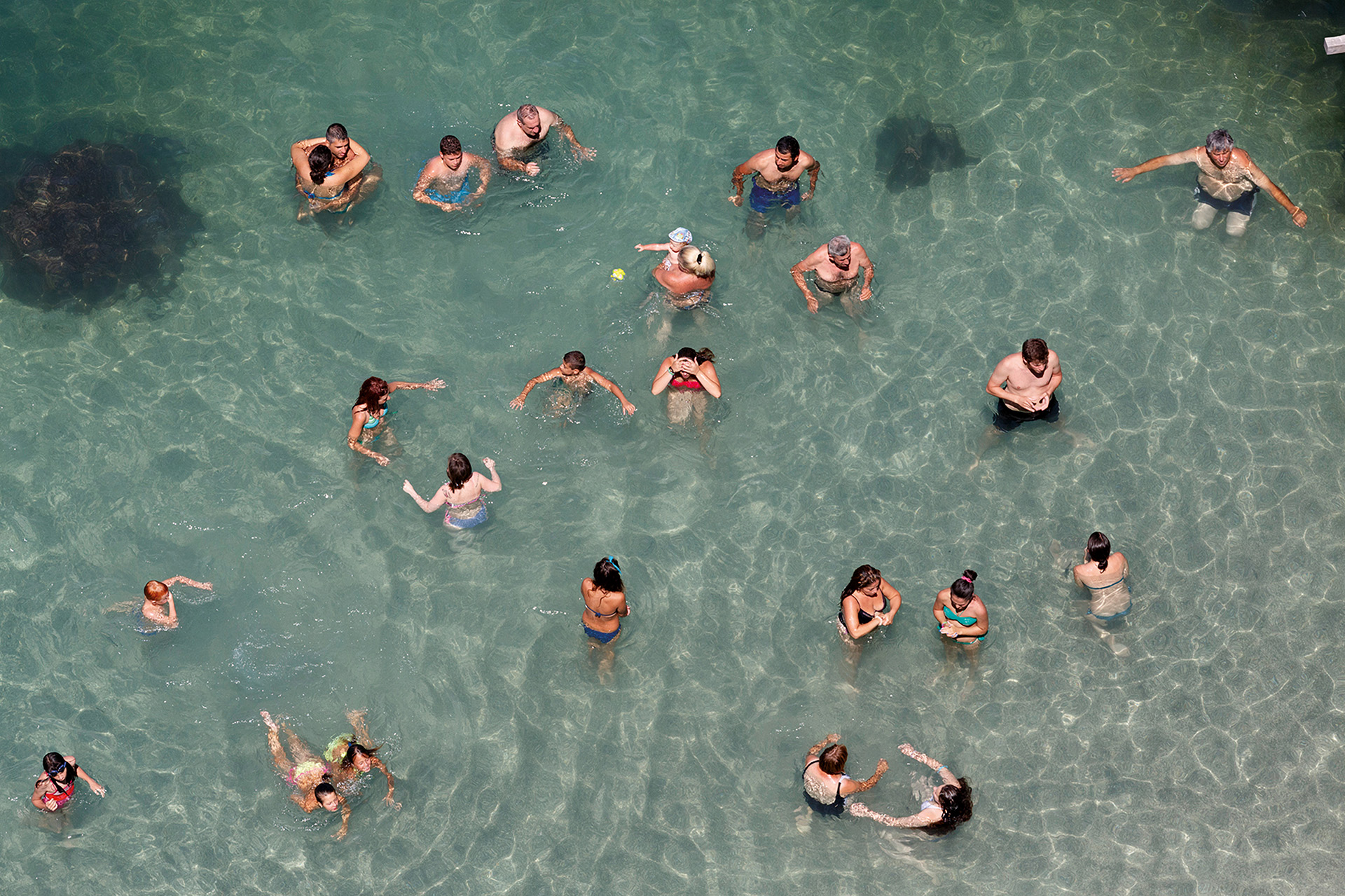
Martin Parr – Amalfi Coast
The biting irony in contradictions
Federica Cerami
The meeting between Studio Trisorio in Naples and Martin Parr, in the 2000s, gave place to an intense and incessant collaboration that resulted in a sequence of important exhibitions, realized between 2003 and 2014.
In 2014 Studio Trisorio commissioned to Martin Parr a site-specific photographic project, that he translated into twenty-five shots, expression of an intense portrait of Naples and its Gulf.
These pictures portray some famous tourist destinations such as Pompeii, Capri, Amalfi and Sorrento, following a path along the shores of the Campania Felix, according to an itinerary strongly reminiscent of the Grand Tours that were undertaken in the eighteenth century, across our Country, that showed ancient lands full of beauty to the young European aristocracy.
In Amalfi Coast, though, this message takes on more intimate tones, and it gives voice to the cold and biting humor that Parr has always used to study the contemporary mass society and its habits, highlighting the grotesque side of certain social costumes.
The coastline, observed by Parr, the ideal place of the relationship between art and consumerism, becomes the perfect set for his project.
The attention stated in his portraits, characterized by details the reveal the identity of the entire project, show bountiful bodies forced in narrow spaces, tired tourists looking for shade or focused on capturing unlikely souvenir photos.
Parr’s toolbox is full of unique, functional instruments, used to convey his messages and create his relationship with the world.
In his pictures, hyper realistic visions are always present, as are the biting irony and sarcasm, the arrangement of a composition created through unusual juxtapositions, the extreme color saturation and the employment of flash units that lend a unique tone to his subject.
The art critic Thomas Weski writes about him: «His pictures are original and amusing, accessible and easy to comprehend. Yet, at the same time, they overwhelmingly show the way we live, how we present ourselves to others and what we appreciate».
Looking at this work, frame after frame, a human nature of which we are not often aware surfaces, perhaps we only give it a quick glance for fear of being devoured by it.
Among the portrayed faces, some verses of the third canto of Dante’s Inferno arrogantly appear: “Various tongues, horrible languages, / outcries of woe, accents of anger, / voices deep and hoarse, with hands together smote that swell’d the sounds / made up a tumult…”.
There is not a great distance between the photographer and his subjects: they seem to blissful coexist in these rectangles of freedom, cut out to enjoy, with all senses, the beauty of these places.
Space and air are divided by an ill-conceived wariness of living, only for everyone to eventually war the same happy mask inside a society, identified by Parr, that pushes toward massification as the only mean for survival against everyday monotony.
For an observer too focused on harmonies, these pictures might seem unconventional: in fact, Parr, always manages to desecrate everything, revealing the paradoxical side of mass habits. But it’s really on this point, on the faces and movements of the portrayed people in Amalfi Coast, that an apparent contradiction of his extremely pop vision of the world appears.
Everything here seems to convey an urgent need to fully enjoy life, even among the difficulties.
Scenarios, portraits and eloquent details, are narrated as the product of a compulsive and irrational desire, of a desperate race for pleasure and satisfaction in the beauty of these lands, through life and enthusiasm.
So, we can now read his apparent humourism as a different approach to a lifestyle that seizes the shapes of beauty through very personal modalities.
The people who live these lands, portrayed by Parr, are not only massified and homologated in clear schemes that don’t allow for personal choices, as it happens in his portraits of English society, but they seem to belong to a joyful community who, despite all, manages to enjoy his earned “here and now”, that many times eludes us.
In this respect, Martin Parr gives us a reflection on photography, on its ability to represent the world and make sure that reality and its description, given by his images, are more and more blended.
Before our reluctance in welcoming, with our gaze, this humanity who doesn’t follow our rules and doesn’t conform with our customs, living a sort of aesthetic disorder, Pratt’s words suggest us a possible interpretation: “I capture life as it is, if the pictures seem grotesque to you, that it’s because you think that life is grotesque. Is that so? Every one of us is beautiful and ugly at the same time, pleasant and unpleasant. That is the way humankind is”.
Martin Parr’s work, ironic, light-hearted, at times surreal, in the end can be summarized under this concept: documenting, with his light and his colors, the contradictions that are under everybody’s eyes.


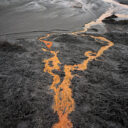


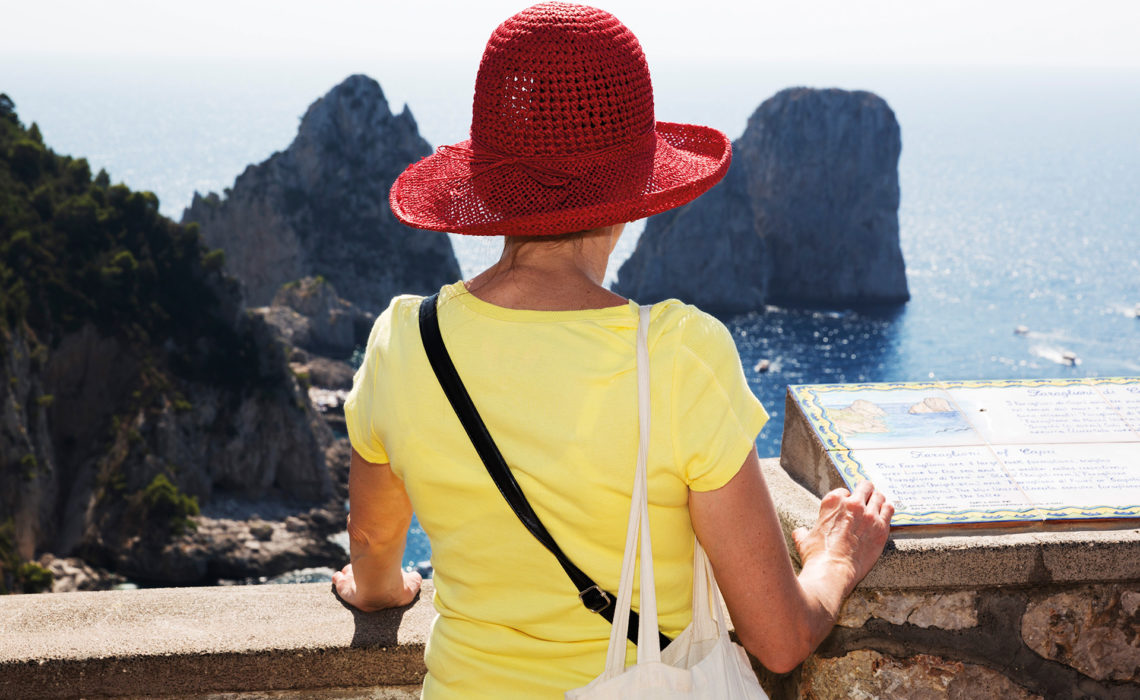
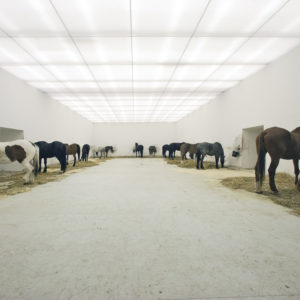
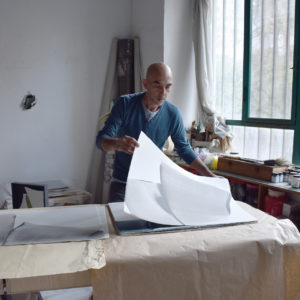
No Comments